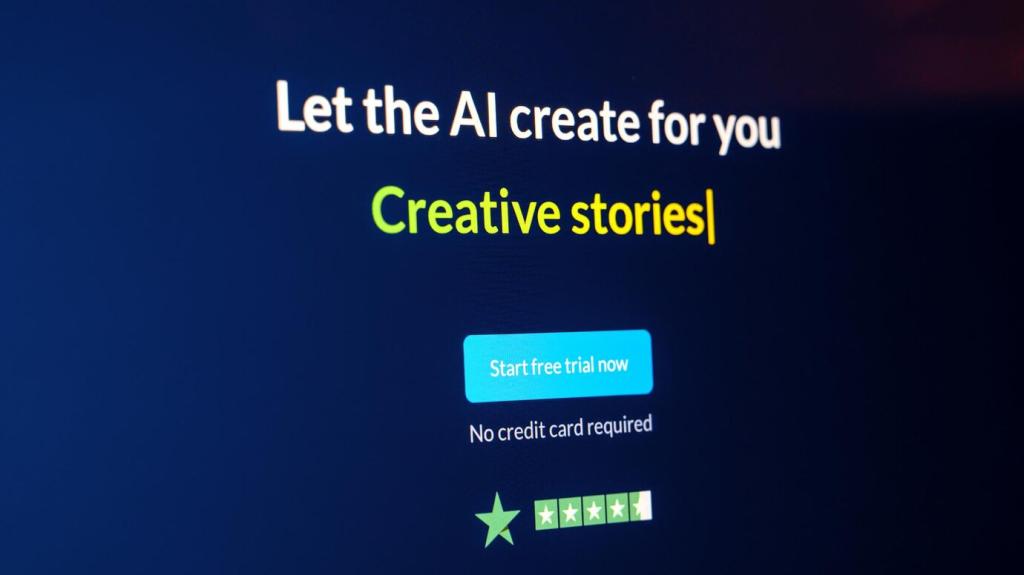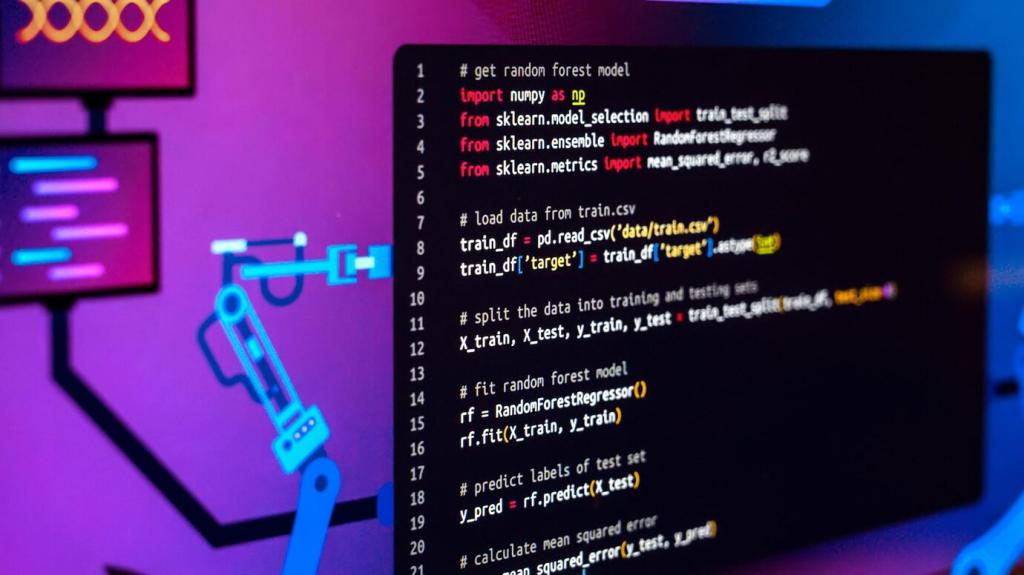Low-Code vs. Traditional Coding: Future Insights
The State of the Debate Today
Enterprises are piloting low-code for workflow-heavy apps, while regulated sectors tread carefully, insisting on audits and traceability. Developer communities remain skeptical yet curious, especially when prototypes turn into durable products. Share where your industry lands and what guardrails you require before promoting any low-code app to production.
Both groups want speed without sacrificing quality, control, and maintainability. Business teams crave autonomy to iterate quickly; engineers demand clear interfaces, observability, and testability. The sweet spot appears when fusion teams negotiate boundaries early. Comment with your top three non-negotiables for any platform introduced into your delivery pipeline.
A mid-size logistics company built internal dispatch tools on a low-code platform while keeping route optimization in traditional code. They reported faster updates for frontline teams and preserved performance-critical algorithms. Their lesson: pair platform agility with code where it matters most. Would your org try a split like this? Tell us why.

Where Low-Code Wins, Where Code Wins
Rapid prototyping and workflow automation
Low-code shines for CRUD-heavy apps, approvals, and business workflows that evolve weekly. Visual modeling accelerates alignment and user feedback, reducing the gap between intent and delivery. When requirements stabilize, governance and testing become crucial. Share a workflow your team automated that freed people for higher-value work.
Complexity, performance, and edge constraints
Traditional coding dominates where latency, memory, or specialized hardware demands precise control. Think streaming analytics, scientific computing, high-frequency trading, or edge devices with tight footprints. Here, predictability and fine-tuned performance matter most. What performance thresholds make you choose code over configuration? Drop your rules of thumb.
Integration depth and data gravity
If an application must integrate deeply with legacy systems, proprietary protocols, or unconventional data models, traditional code often offers cleaner seams. Low-code can still orchestrate, but boundary complexity may leak. Map your integrations and decide accordingly. Comment with the trickiest interface you’ve tamed, and how you tested it.


Architecting the Future: Fusion Teams and Guardrails
Choose platforms that expose APIs, event hooks, and IaC-friendly provisioning. Define a reference architecture that names domains handled in low-code versus traditional code, plus shared standards for logging, secrets, and error handling. Post your top evaluation criteria so others can avoid hidden lock-in and deployment surprises.
Architecting the Future: Fusion Teams and Guardrails
Bake in least-privilege roles, audit trails, automated tests, and peer review policies. Ensure platform updates are versioned and rollback-safe. Threat-model both visual flows and custom extensions. If you’ve operationalized security champions within fusion teams, share how you trained them and the playbooks that saved you time.





Skills and Careers in a Converging Landscape
Low-code enables more people to build, which increases the need for technical leadership to set patterns, evaluate trade-offs, and ensure maintainability. Architects who speak both platform and code bridge gaps. Share how you mentor citizen developers and what guardrails protect them without stifling creativity.
Skills and Careers in a Converging Landscape
Version control, testing strategies, API design, data modeling, and cloud fundamentals remain core. Add platform governance, security basics, and integration patterns. Communication and facilitation matter in fusion teams. What skill did you learn this year that unlocked outsized impact? Recommend a resource for readers to explore.
AI’s Role in Low-Code and Traditional Coding
AI assists with scaffolding UI flows, generating tests, and drafting integration code. Treat outputs as starting points, not production-ready artifacts. Wire AI into your CI to propose fixes safely. What review practices caught subtle errors early? Teach others how you keep velocity without compromising engineering discipline.

AI’s Role in Low-Code and Traditional Coding
Combine static analysis, policy-as-code, and AI-powered linting to flag risky configurations or missing controls in both low-code assets and traditional repos. Automate reminders, not blame. Which checks prevented a late-stage incident for your team? Add your must-have rules for a reliable ship pipeline.
Future Scenarios: Convergence, Coexistence, or Contest?
Platforms keep opening under-the-hood extensibility while frameworks grow more visual. Teams design domain services once and compose them everywhere. Tooling converges into unified pipelines. If this future excites you, describe the integration that would make your stack feel truly seamless next year.
Future Scenarios: Convergence, Coexistence, or Contest?
Organizations maintain low-code for process-heavy apps and use traditional code for performance-critical domains. Clear contracts and shared observability glue them together. Governance matures, reducing friction. If you already operate like this, outline the two dashboards that keep your hybrid ecosystem healthy and transparent.


